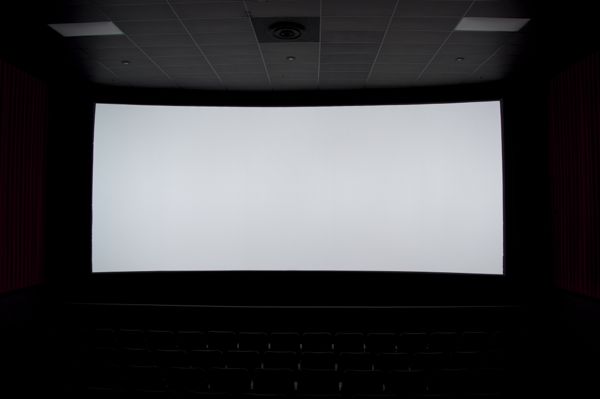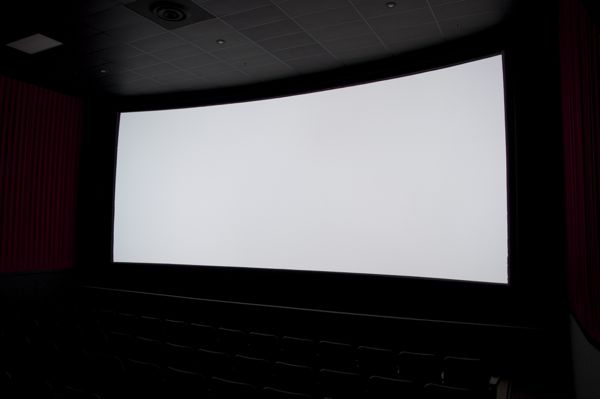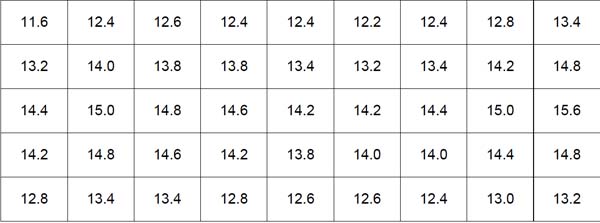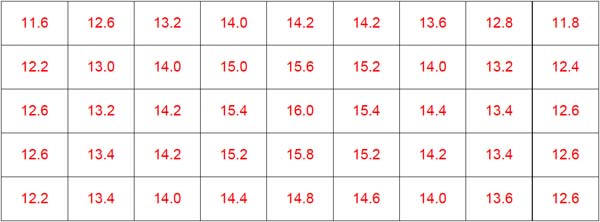|
|
 
|
|
Author
|
Topic: Proper Foot Lamberts For Projection
|
|
|
|
|
Dave Macaulay
Film God

Posts: 2321
From: Toronto, Canada
Registered: Apr 2001
|
 posted 05-29-2015 11:35 AM
posted 05-29-2015 11:35 AM




55! Wow some 3D setup you have there!
The spec for 3D (MI, RealD, Dolby) is supposedly 6ft-L through all filters. That is achievable with a RealD XL, the MI Horizon, or a dual projector solution. It's rather rare with switching glasses or Dolby 3D on a single projector.
Most 3D movies have come with versions timed for 6ft-L and for 3ft-L since there are a lot of 3D setups that get only around 3. Generally brighter is better, but crosstalk becomes more visible as the image gets brighter.
As a rule, if you can get 6 ft-L with Dolby 3D, a RealD Z-Screen, a shutter glass system, or an MI wheel system... the 2D image is going to be way too bright - xenon lamps just don't allow the power adjustment range to accommodate putting out that much 3D light and a low enough power level for 16ft-L in 2D.
If you have a Barco projector and plenty of cash you can buy a second lamphouse, and have different lamps for 2D and 3D - but I only know of one site that's done that.
| IP: Logged
|
|
Steve Guttag
We forgot the crackers Gromit!!!

Posts: 12814
From: Annapolis, MD
Registered: Dec 1999
|
 posted 05-29-2015 01:39 PM
posted 05-29-2015 01:39 PM




The official 3D "normal" is 4.5fL +/- 1fL.
There are now various "Max Bright" and the like higher 3D levels, including 6 and 7fL that I've personally seen.
As for Dolby 3D, many of ours are good to 7fL on single projector systems.
Many of our Dolby 3D systems (most actually) do switch lamp/lamphouses between 2D/3D.
One has to be careful on the 3D light spec with silver screens though...while a silver screen system like RealD will boast about being able to hit that 7fL in the CENTER...it will be less than 1fL in the corners. Conversely, a Dolby 3D system putting out say 5fL in the center will be closer to 2-3fL in the corners...you actually have more light over a greater area of the screen with the white-screen systems (Dolby and XpanD). With lasers, Dolby 3D should shoot up to more than double their current brightness since the filter wheel can be eliminated. However, the 6P systems are still a moving target.
So back to the OT...while 2D is well defined for both film and digital (and note, in both cases, it is not just the center target, the brightness is defined across the entire screen), for 3D...it is evolving with an absolute low-end center of 3.5fL.
| IP: Logged
|
|
|
|
|
|
|
|
|
|
Steve Guttag
We forgot the crackers Gromit!!!

Posts: 12814
From: Annapolis, MD
Registered: Dec 1999
|
 posted 05-30-2015 09:34 AM
posted 05-30-2015 09:34 AM




Um Mark...I measure the screens in these particular rooms annually...and they are holding their gain quite nicely (well 2 out of 3). Stewarts don't degrade like others and it all really comes down to environments. Does your HVAC use the screen as a gigantic return air filter? Do you have a curtain? These all factor into the life of the screen.
Again, I've never measured a Stewart that wasn't spot on...but for the price they charge, they ought to be right. Also, the rooms that will pay for a Stewart are more likely have an environment that will keep it good.
That said, even in a "typical" theatre environment, I've had some decent longevity. But it does all depend on the HVAC design and the customer base.
Here is a pearl screen after 6+years. Curved for optimal light reflection back to the audience seating area.

Even off axis, the uniformity of light still is outstanding.

And with a picture (target):

The gain on that screen was about 1.5 back in mid 2011 when the pictures were taken. Most pearls are in the 1.5-1.8 range to begin with (that was back before we could choose specific gains for conventional cinema screens and even those are a bit all over the place...the gain specified is "nominal."
Below are the light levels of the straight on image above (and they remain uniform from the side...just lower).

A quick tweak of the cold mirror and light shift to the right was centered. Time was tight and I was there on that day primarily to record various light levels on various screen shapes/gains more than to optimize them...that came later. There were Silver and White screen auditoriums that were mirrors of each other so I could see/measure how a white, versus silver, deeper curve, versus shallow curve...etc. For me, it was quite educational.
Compare that to a flat Stewart Ultramatte130 8-years into its life (in a curtained theatre, screen does not act like a filter for the theatre).

That screen now runs Dolby 3D with a target of 3.8fL on Scope (with anamorphic) and a 6KW lamp. It is about a 42'-wide image.
| IP: Logged
|
|
|
|
|
|
All times are Central (GMT -6:00)
|
|
Powered by Infopop Corporation
UBB.classicTM
6.3.1.2
The Film-Tech Forums are designed for various members related to the cinema industry to express their opinions, viewpoints and testimonials on various products, services and events based upon speculation, personal knowledge and factual information through use, therefore all views represented here allow no liability upon the publishers of this web site and the owners of said views assume no liability for any ill will resulting from these postings. The posts made here are for educational as well as entertainment purposes and as such anyone viewing this portion of the website must accept these views as statements of the author of that opinion
and agrees to release the authors from any and all liability.
|

 Home
Home
 Products
Products
 Store
Store
 Forum
Forum
 Warehouse
Warehouse
 Contact Us
Contact Us




 Printer-friendly view of this topic
Printer-friendly view of this topic














![[Wink]](wink.gif)



